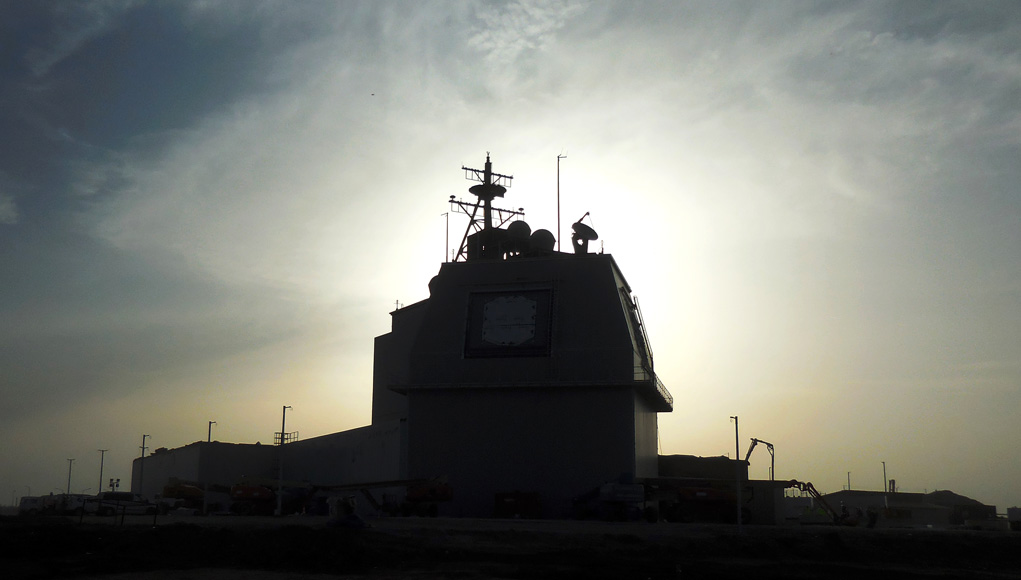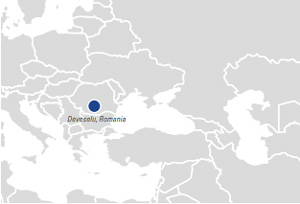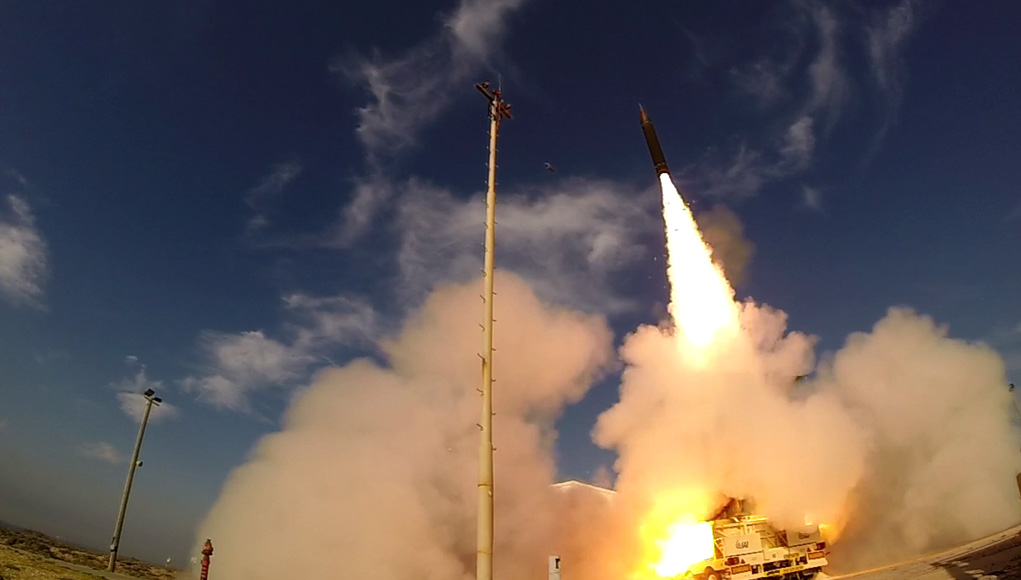The US Missile Defense Agency (MDA) has completed three major missile defense tests this week, a closing accord for an ambitious test plan this year that encountered obstacles and delays in several key programs. Two tests performed earlier today included a successful exo-atmospheric intercept test of the US-Israeli Arrow 3 interceptor, and a first intercept mission of the Land-Based Standard Missile SM-3 Block IB launched from a land-based site Both tests were scheduled to fly months ago, but delayed by technical problems. A third test conducted earlier this week tested the latest, most advanced variant of Standard Missile 3 series, the US-Japanese SM-3 Block IIA. On the other end, developments of new, more challenging missiles threats continued in Iran, North Korea, China and Russia, stressing the need to field more capable defensive solutions as soon as possible.
Aegis Ashore Missile Defense – First Intercept Test

The Land-based AEGIS test that took place yesterday (Hawaii Standard Time) was the first full-test form the ‘Aegis Ashore Missile Defense (AAMD) Test Complex at the Pacific Missile Range Facility (PMRF). A previous test scheduled for March 2015 was aborted due to failure in the target missile. Aegis Ashore uses a nearly identical configuration of the Vertical Launch System, fire control system, and SPY-1 radar currently in use aboard Aegis BMD cruisers and destroyers deployed at sea around the world.
Vice Admiral James D. Syring, MDA Director, said, “Today’s test demonstrated that the same Aegis Ballistic Missile Defense capability that has been fielded at sea and operational for years, will soon be operational ashore as part of the European Phased Adaptive Approach (EPAA) Phase 2 capability in Romania. I am very proud of the tremendous effort by the entire government/industry team in executing this vitally important mission for our Nation and our allies.” This flight test demonstrates Aegis Ashore capability as an important component of Phase 2 of the EPAA, of which MDA plans to announce a technical capability declaration by the end of this month.
During the test, a target representing a medium-range ballistic missile was air-launched from a U.S. Air Force C-17 aircraft over the broad ocean area southwest of Hawaii. The two-stage target missile used in this test replicated the Iranian Ghadr-110 medium-range ballistic missile with a range of 1,200 miles, that was tested November 21, in violation of United Nations Security Council resolutions. “We’re evolving our missile capability to keep pace with the rapidly advancing ballistic missile threat,” said Dr. Mitch Stevison, vice president of Air and Missile Defense Systems. “This is the first-ever test of a SM-3 Block IB enhanced with threat upgrade software,” Stevison said, adding that “The ability to upgrade a missile through software enhancements is clearly the way of the future. We’ll be able to outpace the threat much more aggressively than ever before.”
An AN/TPY-2 radar in Forward Based Mode, located at PMRF, detected the target and relayed target track information to the Command, Control, Battle Management, and Communication (C2BMC) system.
This method of operation demonstrated the system’s “Launch on Remote” capability, where Aegis Ashore uses information from another radar system to launch an intercept missile before switching to AAMD’s own SPY-1 radar to guide that missile to the target.
The Aegis Weapon System at the Aegis Ashore site received track data from C2BMC and used its component AN/SPY-1 radar to acquire, track, and develop a fire control solution to engage the target. The Aegis Weapon System then launched the SM-3 Block IB Threat Upgrade guided missile from its Vertical Launch System. The SM-3’s kinetic warhead acquired the target reentry vehicle, diverted into its path, and destroyed the target using the kinetic force of a direct impact.
“The SM-3 and the AN/TPY-2 radar are a perfect pair,” said Tom Laliberty, vice president of missile defense programs at Raytheon Integrated Defense Systems. “When this radar and missile get together, they significantly increase the defended area.” AN/TPY-2 is a high resolution, transportable, rapidly deployable X-band radar capable of providing long range acquisition, precision track, and discrimination of all classes of ballistic missiles. AN/TPY-2s are deployed globally in both terminal and forward-based mode.
The primary purpose of the test, designated Flight Test Operational-02 Event 1a, was to assess the operational effectiveness of the Aegis Ashore capability as part of a larger BMDS architecture.

The AAMD is expected to become operational at the Naval Support Facility (NSF) Deveselu, Romania. The site will operate the Aegis Weapon System, integrating a land-based Vertical Launch System (VLS) and SPY-1 radar, but will only fire the Standard Missile-3 (SM3). The Romanian based system will be equipped with Aegis BMD 5.0 Command unit and SM-3 Block IB interceptors as part of the second phase of the US Phased Adaptive Approach (PAA) to the European missile defense. In 2018, a second Aegis Ashore unit will be installed in Poland, as part of the PAA Phase III. This deployed capability will use Aegis BMD 5.1 and SM-3 Block IB and IIA to support defense of Northern Europe.




















